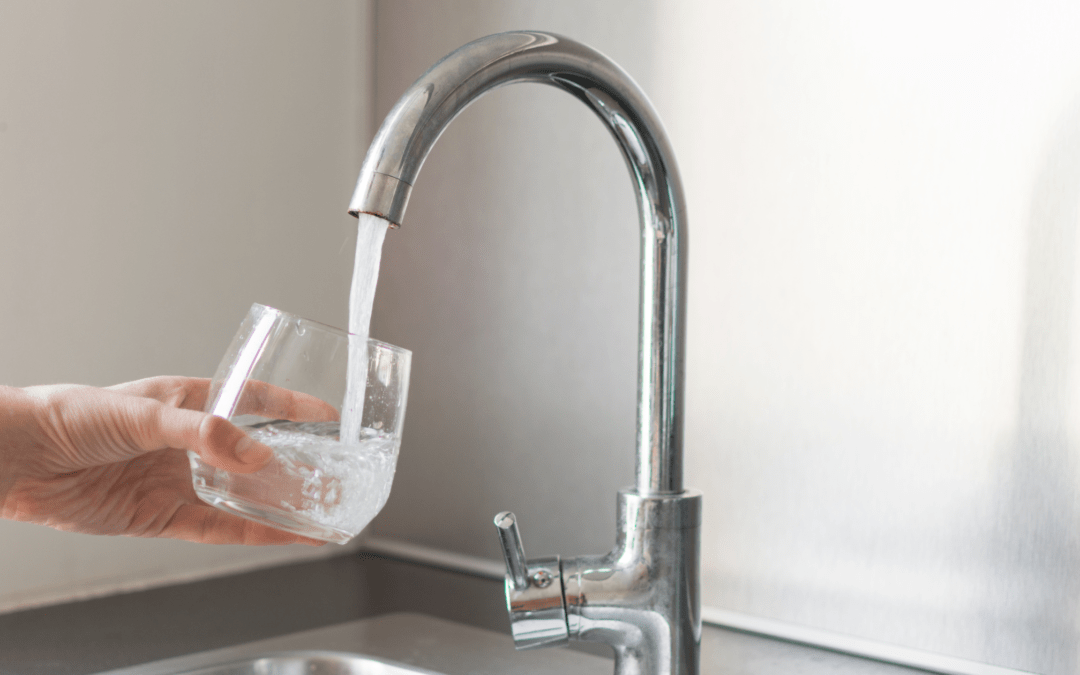Your tap water should appear clear and drinkable. However, sometimes you might notice that it looks cloudy, milky, or grayish. This can be a cause for concern, especially if you’re not sure what’s causing it or if it’s safe to drink. In this blog post, we’ll explore some of the common reasons why tap water becomes cloudy and what you can do to fix the problem.
Air bubbles
One of the most common causes of cloudy tap water is the presence of air bubbles. These bubbles can result from the water pressure in your pipes, especially if there’s been recent plumbing work. As the water flows out of your tap, it mixes with the air, creating a cloudy appearance. Fortunately, air bubbles are harmless and will usually settle after a few minutes. To speed up the process, you can try running the water for a few minutes to flush out any remaining air.
Dissolved minerals
Another reason why tap water can appear cloudy is due to the presence of dissolved minerals. This is especially true if you live in an area with hard water, which contains high levels of minerals like calcium and magnesium. These minerals can create a cloudy appearance, especially if the water is cold. While hard water is not harmful, it can affect the taste and appearance of your water. Installing a water softener can help to reduce the mineral content and improve the quality of your tap water.
Sediment
Sometimes, you may notice a cloudy appearance in your tap water due to the sediment that has accumulated in your pipes. This can be caused by a buildup of sand, dirt, and other debris, especially if you have older plumbing. Sediment can be harmful to your health if it contains bacteria or other contaminants, so it’s essential to have your pipes checked by a professional plumber. They can flush out the sediment and reduce the risk of contamination.
Chemicals
In some cases, cloudy tap water can be caused by the presence of chemicals, such as chlorine or fluoride. Water treatment plants often add these chemicals to the water to kill bacteria and improve the quality. However, they can cause a cloudy appearance, especially when the water is chilled. While these chemicals are generally safe to ingest, they can affect the taste and odor of your water. If you’re concerned about chemicals in your tap water, you can install a water filtration system to remove them.
Bacteria
While rare, it is possible for bacteria to cause cloudy tap water. This is especially true if your water supply has been contaminated by sewage or other pollutants. If you notice a persistent cloudiness despite flushing your pipes, it’s essential to have your water tested by a professional. They can identify any harmful bacteria and recommend appropriate treatment to ensure your water is safe to drink.
Conclusion
There are several reasons why your tap water might appear cloudy or milky. In most cases, it’s not harmful and can be resolved by flushing your pipes or installing a water treatment system. However, if you’re concerned about the quality of your water, it’s always best to have it tested by a professional plumber. They can identify any underlying issues and recommend solutions to ensure that you have clean, safe, and clear tap water. Don’t hesitate to contact a professional if you notice any changes in your tap water quality!

